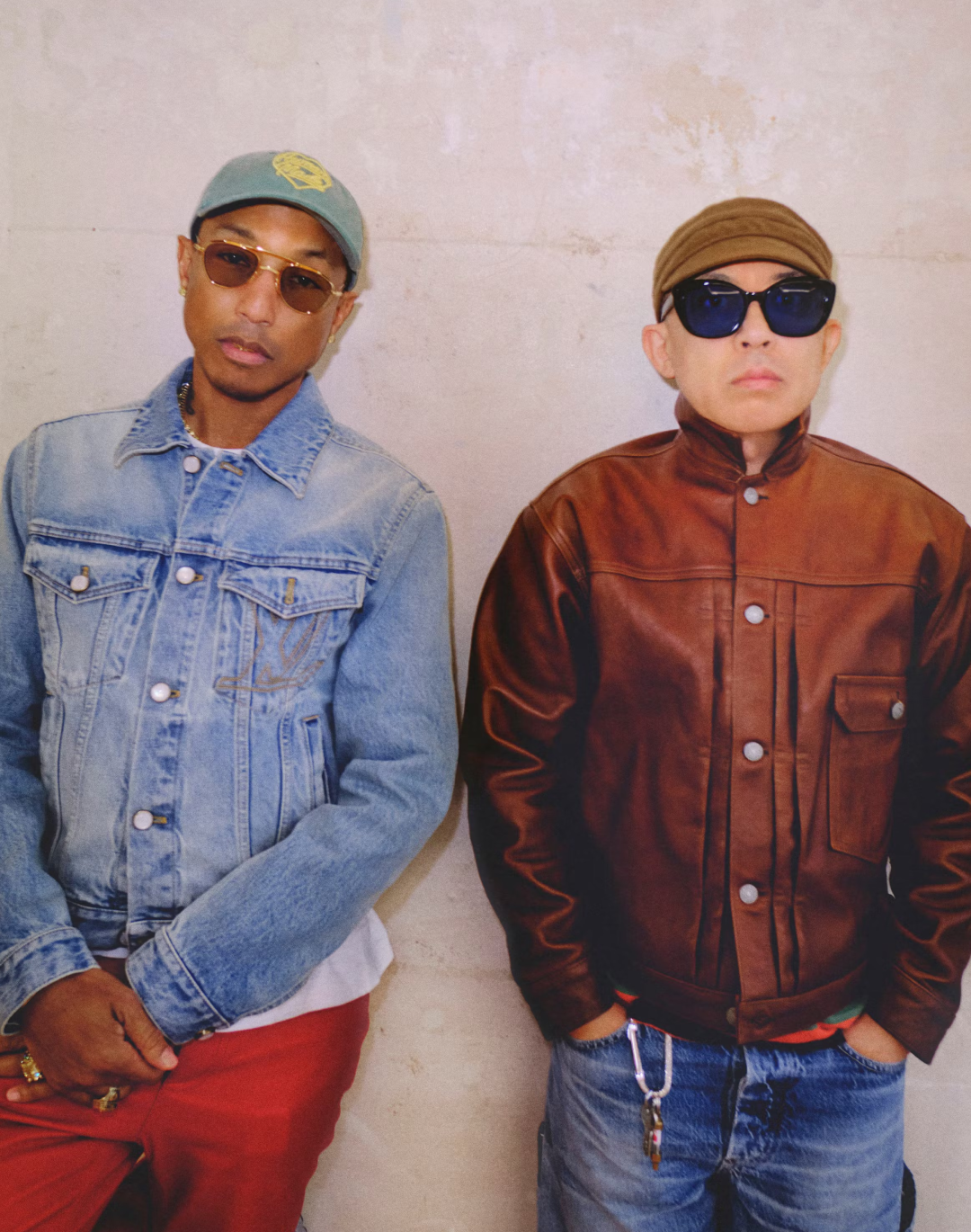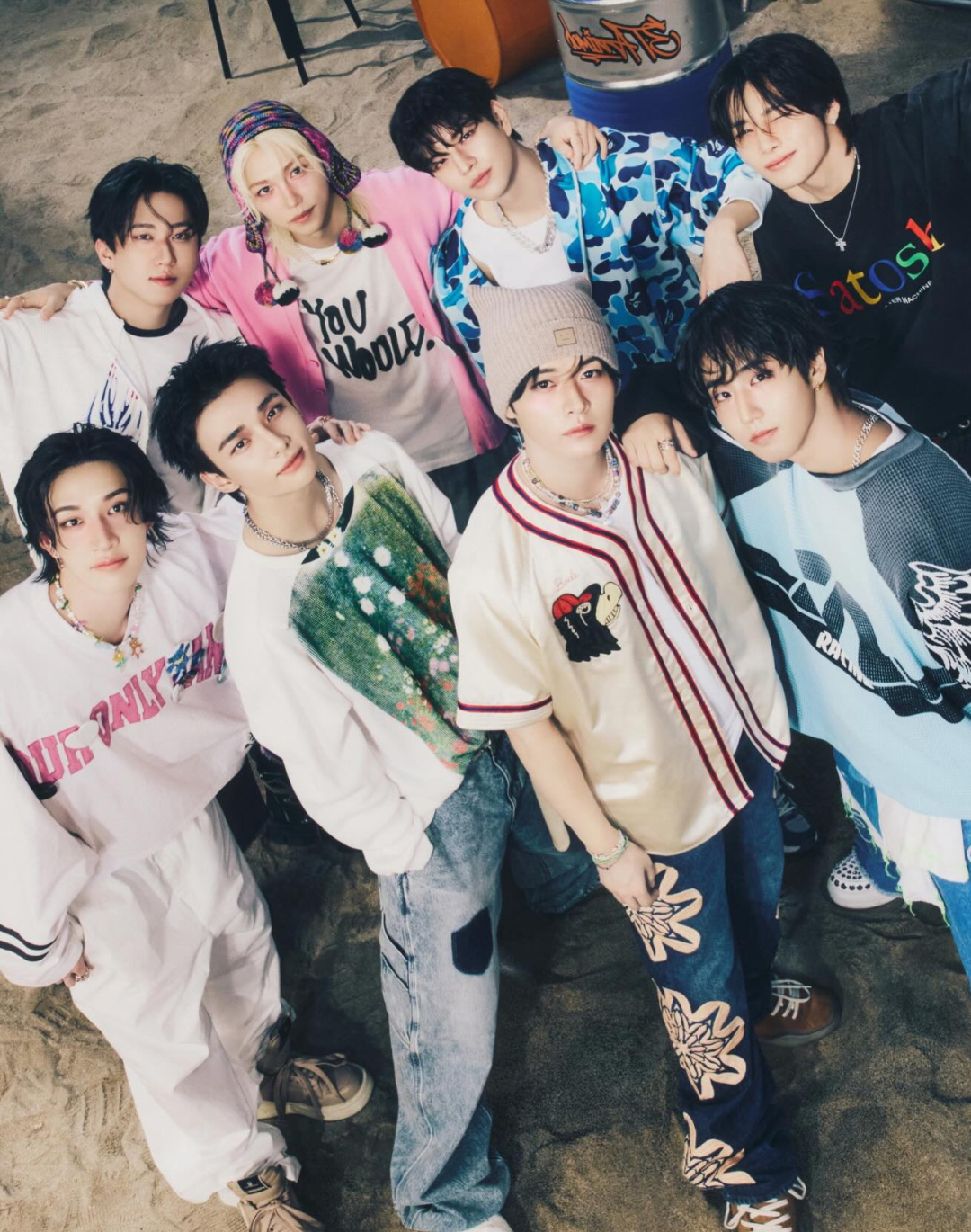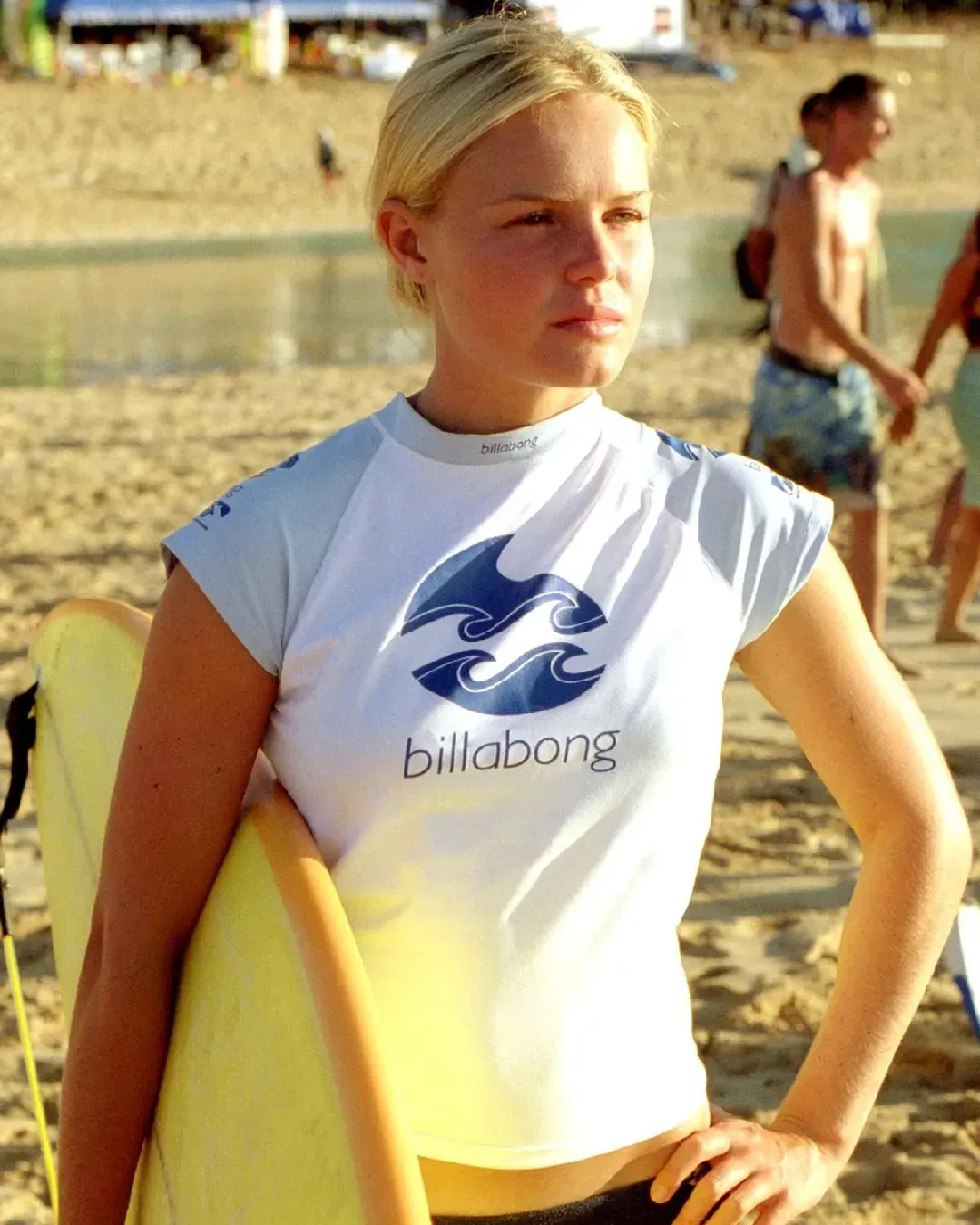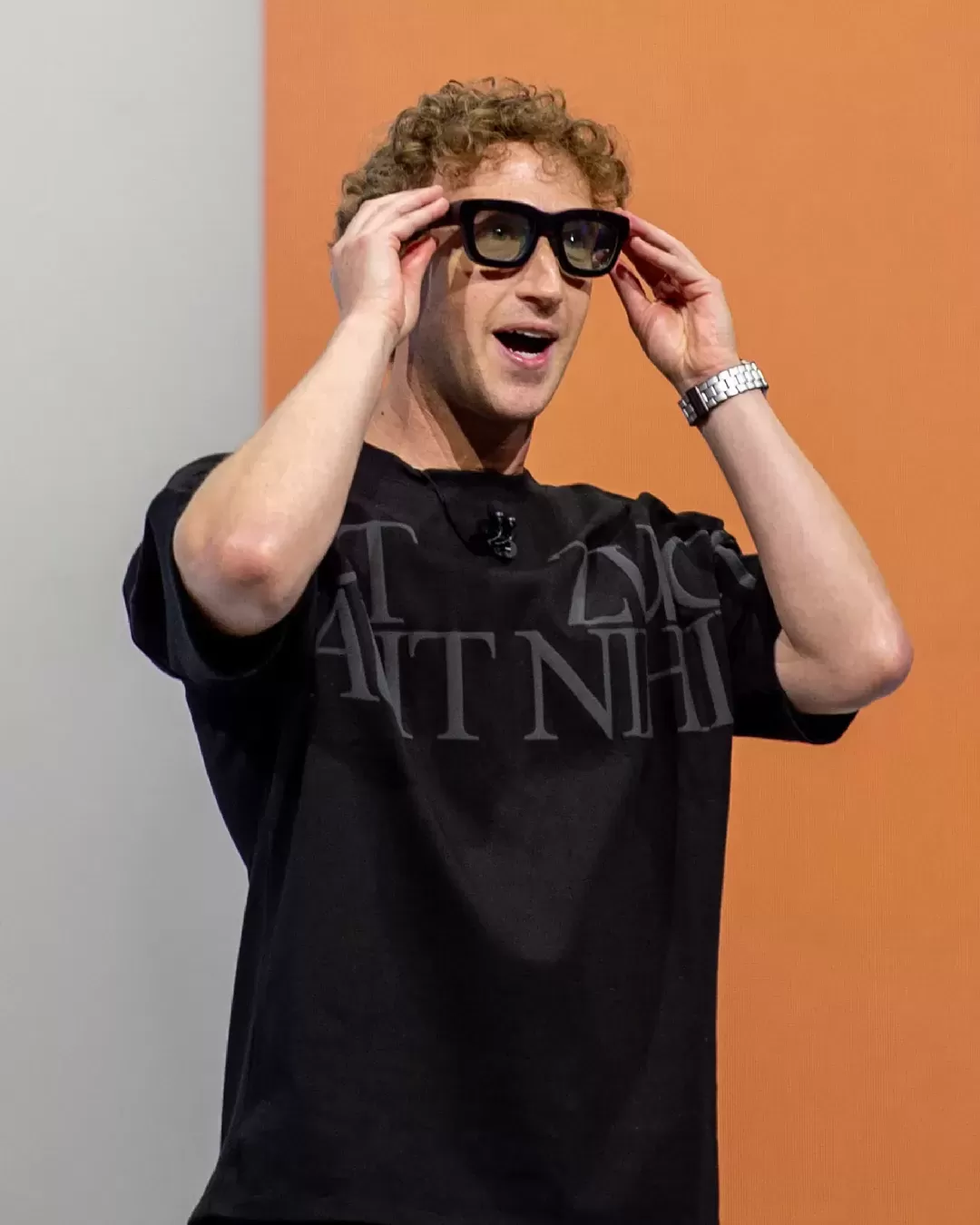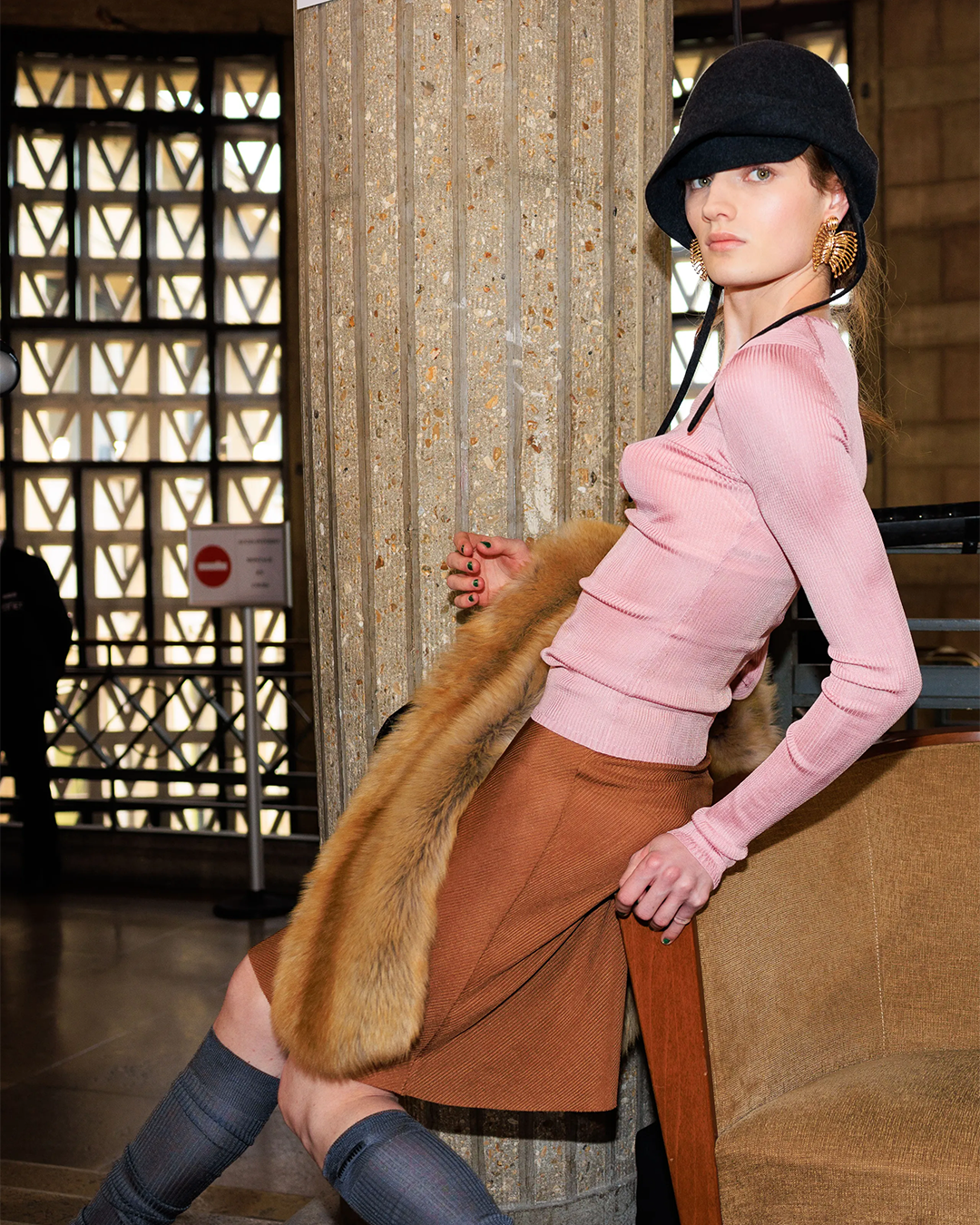
Trends that have shaped the fashion market in 2022 From gamification to slogans, via accessories
After the comfy wave that dominated much of 2020 and the big revival of glamour in 2021, 2022 seemed like a kind of equaliser when it came to fashion. Brands refocused on the physical shopping experience and organising events, relying on engagement strategies that catered to the needs of different communities. Some then (almost) appeared out of nowhere, using unconventional ways or gimmicks that we were simply not used to. In the end, accessories were the most popular and successful category for all fashion and design brands.
The real revelation this year, however, was accessories: the full maturity of brands like Luar or Coperni and the proliferation of disruptive approaches made this market more accessible. Coperni's Swipe, a sculptural bag with a rounded design in a range of colours, has been a solid sales driver for the company since its launch in 2019. Luar's Ana bag with a rounded handle became the brand's flagship in 2022 and has a retail price of around $350. Founder Raul Lopez won the award of the year at the CFDA Awards in November and is one of the brands to keep an eye on in 2022, according to Lyst, after highlighting its 53 per cent growth from 2021to 2022. The revolution has also hit the world of footwear, whose evolution seems to reward eye-catching designs and experimentation at the level of materials and jewellery. As Vogue Business reports, the trend here is based on the fact that customers now prefer to use jewellery as a detail to complete their outfits, rather than investing in a few pieces that they wear all the time. In short, it all leads back to a new form of luxury that, strengthened by the experiences of 2020 and 2021, favours a hybrid sophistication between casual and formal.










































